With David Croft’s death earlier this year, there has been much talk of how his shows proved that audience sitcom works best if, y’know, it’s actually about something. (You may have thought that was fairly obvious, but hey, it’s a start.) Indeed, one of my favourite sitcom episodes of all time is It Ain’t Half Hot Mum‘s final episode in 1981, The Last Roll Call, which deals with demobilisation – a weighty topic which people used to trust audience sitcom with at one point.
With this in mind, then, I’d like to point you towards another It Ain’t Half Hot Mum episode – specifically, The Road to Bannu, broadcast 14th February 1974. This episode has the concert party travelling across India by train, and getting stranded in the North West Frontier. First of all, the train station at Deolali, a gorgeous set:
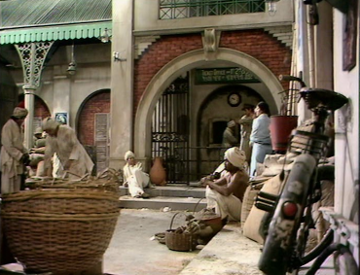
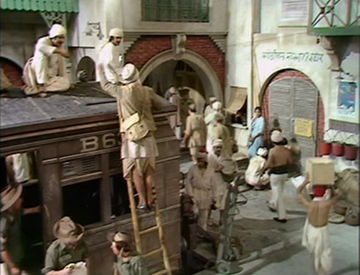
Then, the train journey itself:


And finally, stranded 30 miles from Bannu:
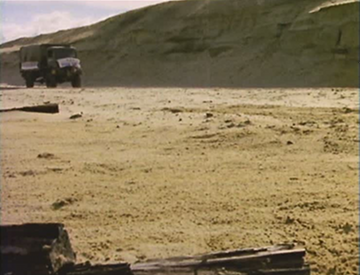
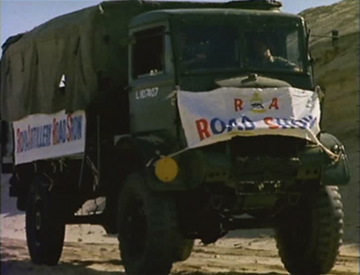

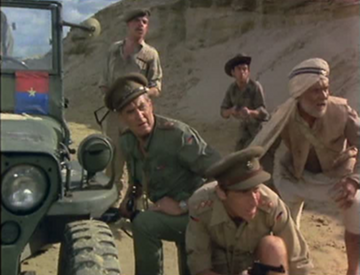
In short: this is an audience sitcom made in 1974 which manages to credibly depict a 1200 mile train journey across India in 1945, using a combination of sets, CSO, and location footage.
This is what audience sitcom needs to realise. That you can do more than sit in a living room talking. Not that domestic or work sitcoms are inherently bad – they can be bloody fantastic – just that you can do more. If a 1970s audience sitcom can portray a train journey across India, just imagine what could be done with a bit of effort today.
And when you expand your remit to beyond the four – or three! – walls of a living room, there are so many more topics and situations you can talk about. If you want something fresh and new, and want your sitcom to be about something… might that not be a good place to start?
